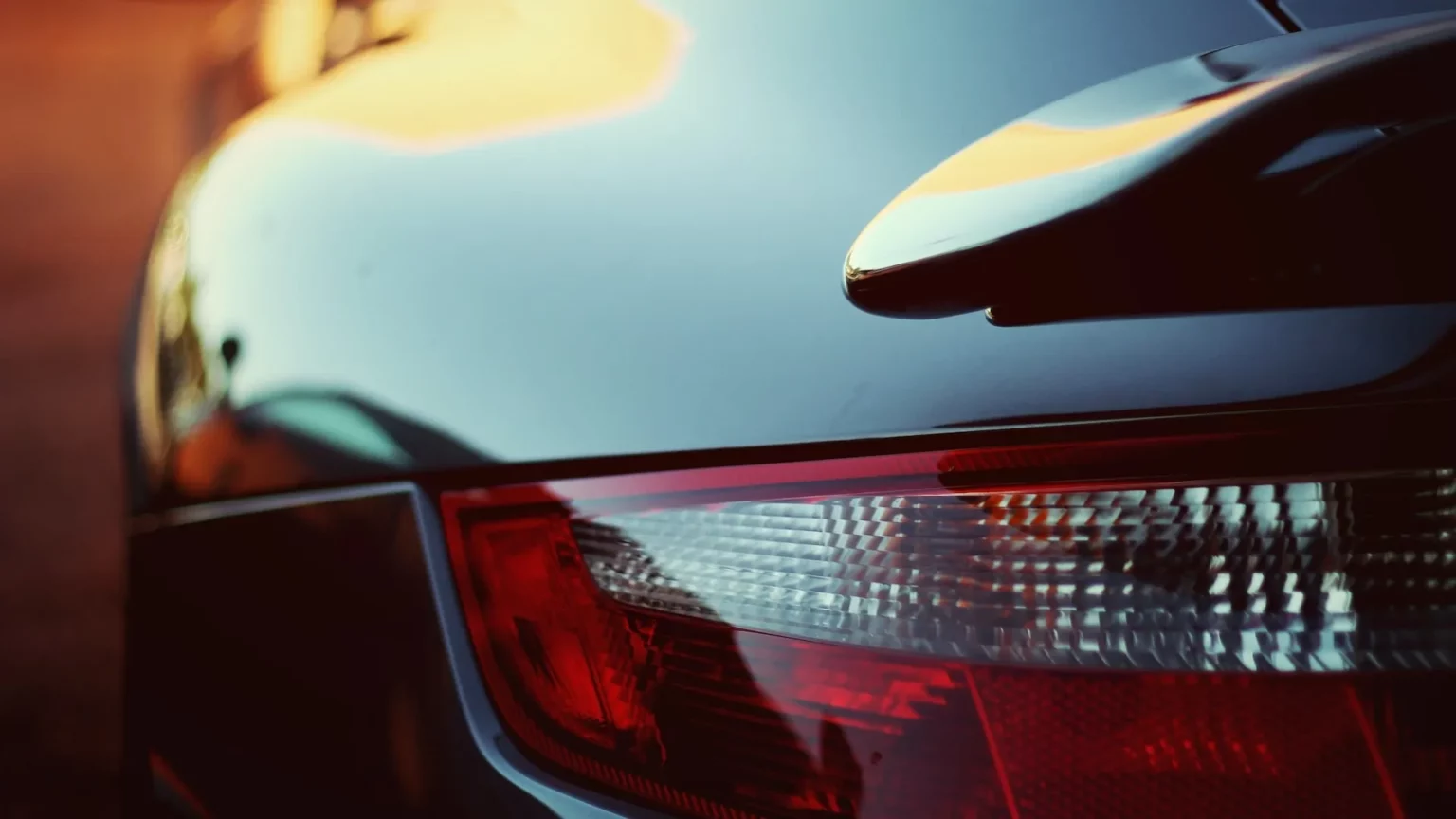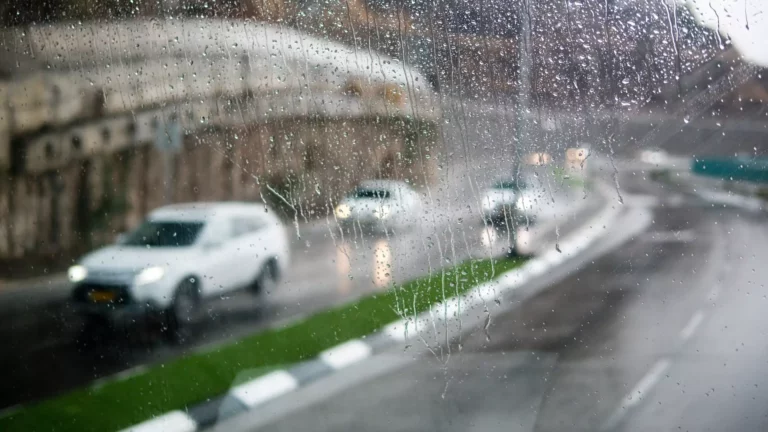Can I File a Personal Injury Lawsuit in a Rear-End Collision?

Can I File a Personal Injury Lawsuit in a Rear-End Collision?
In the state of New Jersey, a victim who has been involved in a rear-end collision can file a personal injury lawsuit. This type of accident is often caused by negligent driving and may result in serious injuries that require medical attention and may also lead to lost wages or property damage. In some cases, the other driver’s insurance company may not offer enough compensation for all the damages, so filing a personal injury lawsuit can provide additional relief.
When filing a personal injury lawsuit in New Jersey related to a rear-end collision, it is important to include details about what happened during the accident as well as information on any medical treatment required after the crash. It’s also important to document evidence of negligence on behalf of the other driver, such as speeding or running a red light. It’s also important to provide evidence that shows how the accident has impacted your life, such as lost wages or medical bills.
To build a successful case and prove negligence on the part of the other driver, it is important to hire an experienced lawyer who can help guide you through the legal process. An attorney will be able to review evidence related to the accident and determine if there is enough information available for a personal injury lawsuit in New Jersey. A good lawyer will also be able to negotiate with insurance companies and ensure that you get the compensation that you deserve.
While filing a personal injury lawsuit can be daunting, it is important for victims of rear-end collisions in New Jersey to understand that they have the right to seek compensation for their losses. An experienced lawyer can help guide you through the process and ensure that you get the justice and financial relief you deserve.
What evidence is needed in a Rear-End Collision personal injury lawsuit?
The victim of a rear-end collision should collect as much evidence as possible to support their personal injury lawsuit. This includes photographs taken at the scene of the accident, medical records documenting any injuries suffered, copies of estimates for repairs or replacement cars, and statements from eyewitnesses.
In addition to physical evidence, it is important to obtain a police report that identifies who was at fault for the accident – this can be used in court as proof of negligence by the other driver if deemed necessary. Furthermore, victims should document any expenses associated with their injuries, such as medical bills or lost wages due to time taken off work.
It is important to note that all paperwork should be saved related to the accident – this includes insurance documents, vehicle repair receipts, and medical bills. Furthermore, it is wise to keep track of any correspondence with insurance companies or other parties involved with the case so that they cannot deny responsibility later. It is also beneficial to keep copies of all emails sent to the other parties to preserve a record of communication. By collecting this evidence and staying organized, victims of rear-end collisions can better prepare for their personal injury lawsuits.
It is also important to remember that statutes of limitation may apply, it is essential to file your claim within this time frame to avoid any legal trouble later. Furthermore, insurance companies are often reluctant to pay compensation unless there is sufficient proof of negligence on the part of the other driver. It is important to document and collect as much evidence as possible for a successful personal injury lawsuit.
By following these steps and consulting with an experienced attorney, victims of rear-end collisions have a greater chance of recovering compensation for their losses. They should document everything related to the accident, from photographs taken at the scene to medical bills and lost wages associated with their injuries. Moreover, they should seek legal advice from an experienced lawyer who specializes in car accident cases as soon as possible after the incident occurs. By doing so, they can ensure that all necessary evidence is collected and protected throughout the case which increases their odds of being successful in their personal injury lawsuit.
What Injuries can occur from a rear-end collision?
In a rear-end collision, the victim may suffer from various types of physical and emotional injuries. Depending on the severity of the crash, victims may experience whiplash, broken bones, lacerations or abrasions, spinal cord trauma, brain damage, psychological trauma, and other serious injuries.
Whiplash is one of the most common injuries in rear-end collisions as it is caused by the sudden jerk and force of impact which causes the head and neck muscles to stretch beyond their normal range of motion. Symptoms can include headaches, neck pain and stiffness, loss of mobility in the neck region, and tingling sensations in arms or legs.
Broken bones can occur when heavy forces are placed on an individual during a collision. Symptoms may include severe pain, swelling, bruising, and deformity of the affected area.
Lacerations or abrasions can occur when the body is exposed to broken glass or debris from the car upon impact. Victims may experience cuts, scrapes, and bruises on their skin as well as possible nerve damage due to the trauma of the crash.
Spinal cord trauma occurs when there is excessive force placed on an individual’s neck and back region which can cause paralysis, numbness, or tingling sensations throughout the body. It is also possible for victims to suffer vision loss or hearing loss due to this type of injury.
Brain damage can be sustained in any type of car accident but with the force of a rear-end collision, it is especially likely. Symptoms include headaches, confusion, memory loss, dizziness, and difficulty concentrating.
Psychological trauma is another common injury associated with rear-end collisions as victims may suffer from depression, anxiety, or post-traumatic stress disorder due to the fear of being in an accident again. In some cases, victims need to undergo therapy to help them cope with their psychological injuries.
These are just some of the potential injuries that can be sustained by a victim of a rear-end collision which can lead to physical pain and suffering as well as financial losses if they require medical care or are unable to work due to their injuries. If you have been injured in a rear-end collision, it is important to contact a personal injury attorney to discuss your case and determine if you are eligible for compensation. The attorney can help you protect your legal rights and ensure that you receive the financial compensation you deserve.
How can rear-end collisions occur?
Rear-end collisions are typically caused by one car following too closely behind another. This type of accident often results in the car that was hit being pushed forward into traffic, or off to the side of the road where it can cause further damage to other vehicles or property. The rear-end collision is considered to be a form of negligence because it is preventable.
Under the law, drivers are expected to maintain a safe distance between their vehicle and any other car on the road. If they fail to do so, and a rear-ending occurs, they may be held liable for any injuries or damages caused as a result. For an injured party to successfully pursue a personal injury lawsuit based on negligence in a rear-end collision, they must be able to show that the driver behind them failed to follow the safe driving rules.
For example, if a party can provide evidence such as photos or videos of the accident, or testimony from witnesses who saw what happened, it may help prove that the other driver was not following the proper safety regulations. This would mean they were negligent in their duty to maintain a proper distance between their vehicle and other cars on the road. Additionally, expert testimony from professionals in motor vehicle operation and enforcement may also be used to demonstrate negligence.
If an injured party can successfully prove negligence on behalf of another driver in a rear-end collision case, then they may be eligible for damages related to medical expenses, lost wages, pain, and suffering, or any other costs associated with their injuries. Therefore, it is important for victims of rear-end collisions to seek legal counsel to ensure they are given the best chance at pursuing a successful case.
The severity of injuries sustained in a rear-end collision can range from minor cuts and bruises to serious physical trauma that may require long-term medical treatment. As such, if you or someone you know has been injured because of another driver’s negligence in a rear-end collision, it is important to consult with experienced legal professionals who can help protect your right to compensation. Doing so could help alleviate some of the stress and financial burden following an accident.
In summary, rear-end collisions are a form of negligence under the law and can lead to personal injury lawsuits. For an injured party to successfully sue for damages related to their injuries, they must be able to prove that another driver was negligent in maintaining a safe distance between their vehicle and other cars on the road. Consulting with experienced legal professionals can give victims of rear-end collisions the best chances at pursuing a successful case and securing compensation for any damages incurred.
Can the lead driver in a rear-end collision be at fault?
In a personal injury lawsuit, the lead driver in a rear-end collision can be found negligent in New Jersey. For that to happen, it must be shown that the actions of the driver who was hit from behind were not reasonable and prudent under the circumstances. This means that it must be proven that they did not take appropriate action to avoid being involved in an accident. Additionally, the court will look at whether the lead driver displayed negligence by failing to take steps such as maintaining their speed, keeping a proper lookout, using turn signals, and adjusting for traffic conditions.
If the lead driver is found to be at fault, then they may be held liable for any medical bills incurred by the victim as well as other damages such as lost wages and pain and suffering. To determine liability, a court will consider factors such as the speed of both vehicles, weather conditions, road conditions, visibility, and whether traffic laws were followed. In addition to this information, other details that could be considered include witnesses’ testimonies and physical evidence from the scene. Ultimately, it is up to the court to decide if negligence can be attributed to either driver involved in the accident.
With so many different variables involved in rear-end collisions in New Jersey personal injury lawsuits, it is important for anyone injured in an accident to seek legal advice from an experienced attorney. They will be able to review all the details of the case and determine if negligence can be attributed to either driver involved. In some cases, liability may be shared between both parties involved, meaning each will have to bear responsibility for their part in causing the accident. No matter what the outcome is, it is important to understand that a finding of fault does not necessarily mean that one party must take total responsibility for damages. The court will use the evidence available to decide how much compensation should be awarded to each party involved.
In conclusion, determining whether negligence can be attributed to the lead driver in a rear-end collision in New Jersey personal injury lawsuits requires careful consideration of the evidence presented. It is important for anyone injured in an accident to seek legal advice from a qualified attorney, who can help them better understand their rights and options when it comes to seeking compensation. With that said, a finding of fault does not always mean one party will take total responsibility for any damages. Instead, the court will use the evidence available to decide how much compensation should be awarded to each party involved.
Related Blogs
No Fee Unless
GGL Wins
We've got you covered.
We are available 24/7/365
One of our advisers will contact you.

OFFICIAL PARTNER OF RUTGERS ATHLETICS



Recent GGL Wins
Auto Accident
Mediation award Plaintiff was injured in an intersection motor vehicle collision resulting in neck and lower back fusion surgeries.
$2 Million
Verdict
Workers' Compensation
25-year-old laborer died in an industrial accident while working.
$1.15 Million
Verdict
Construction Accident
Roofer fell off roof causing head trauma resulting in a head injury. Plaintiff was not given fall restraint protection equipment by contractor.







